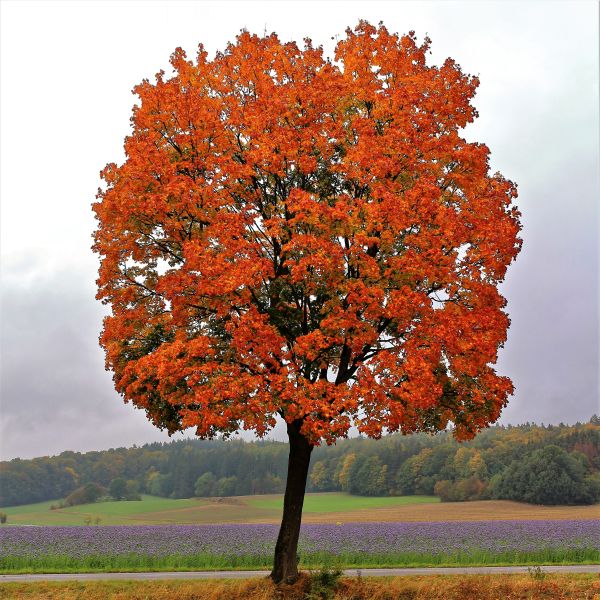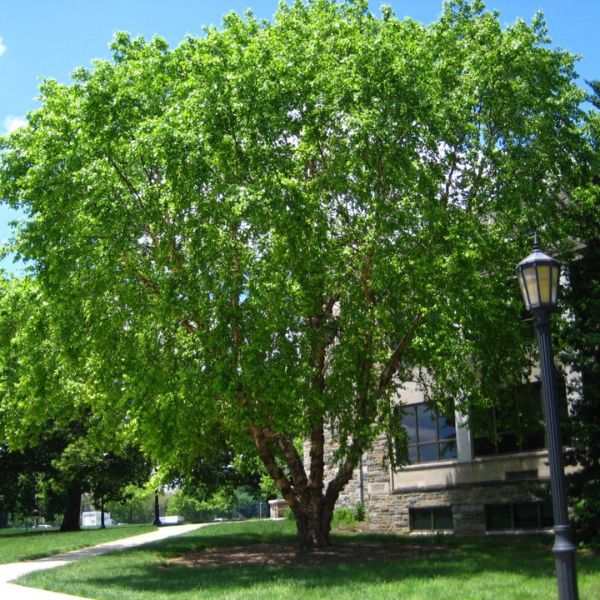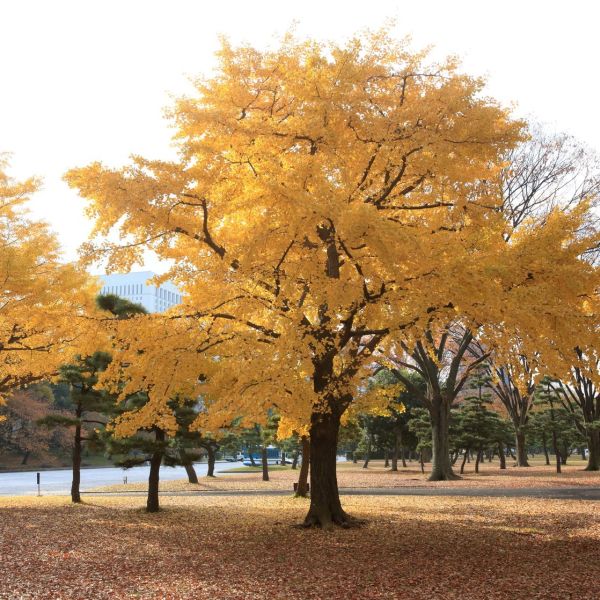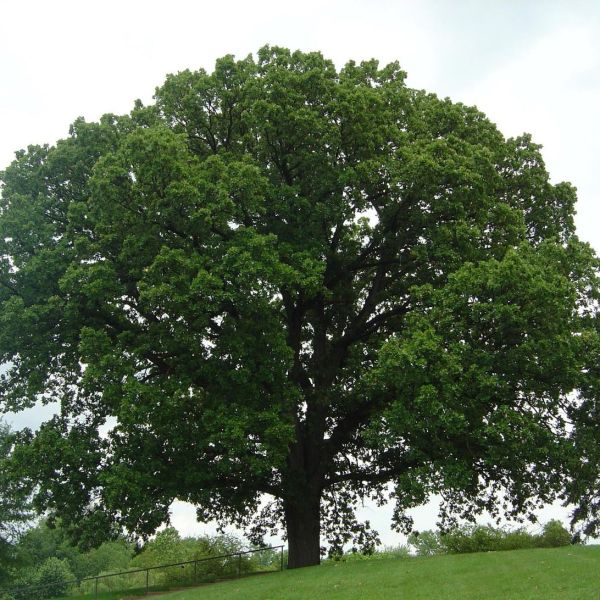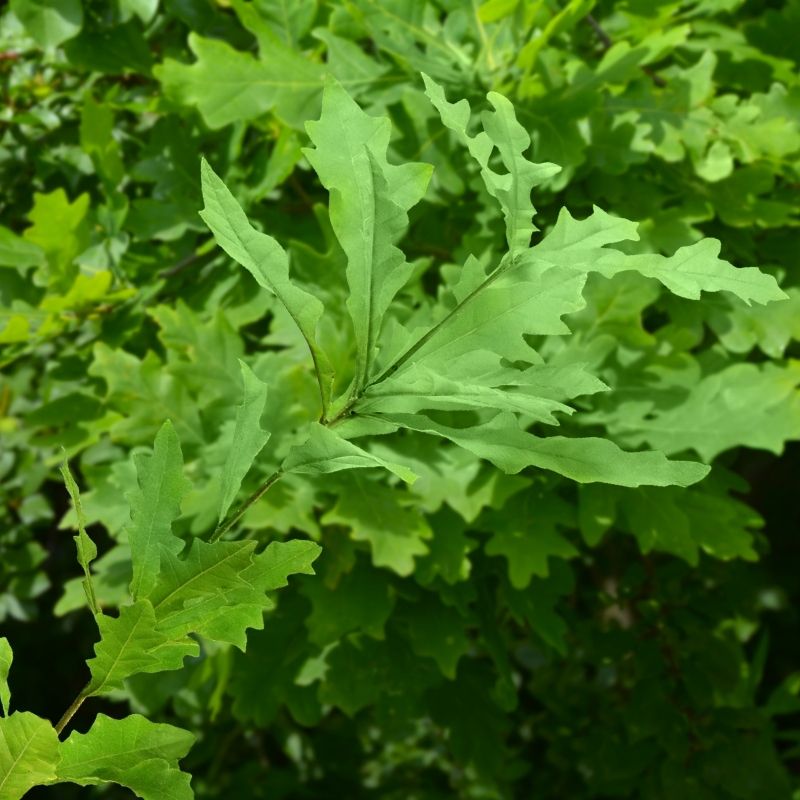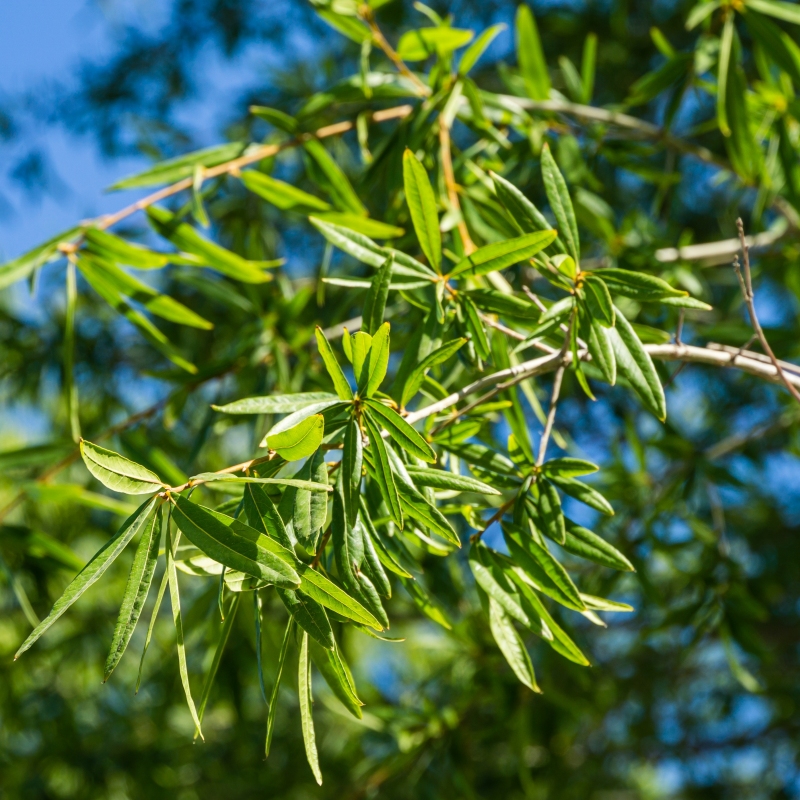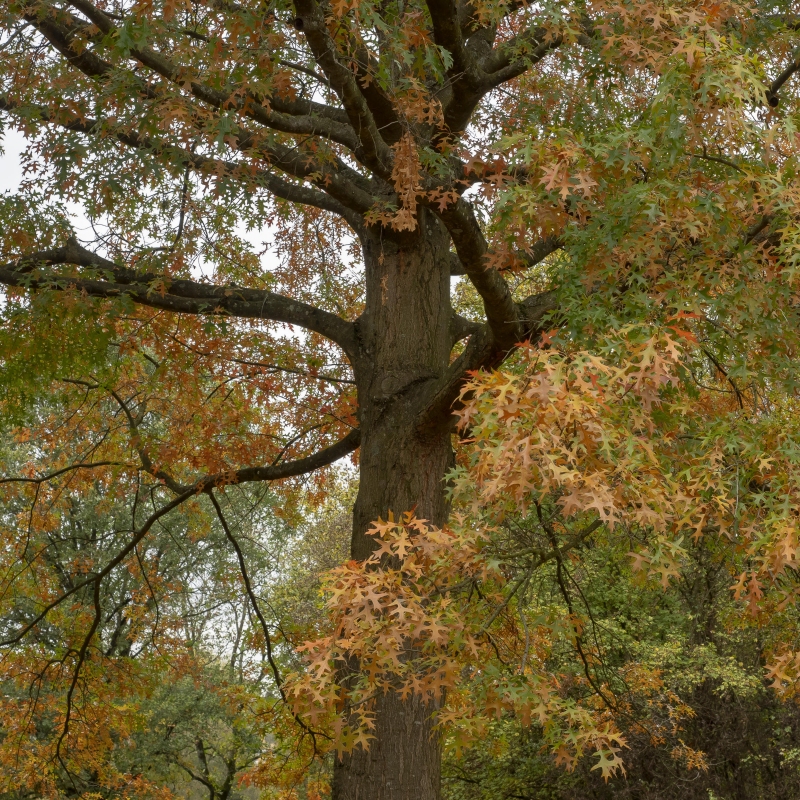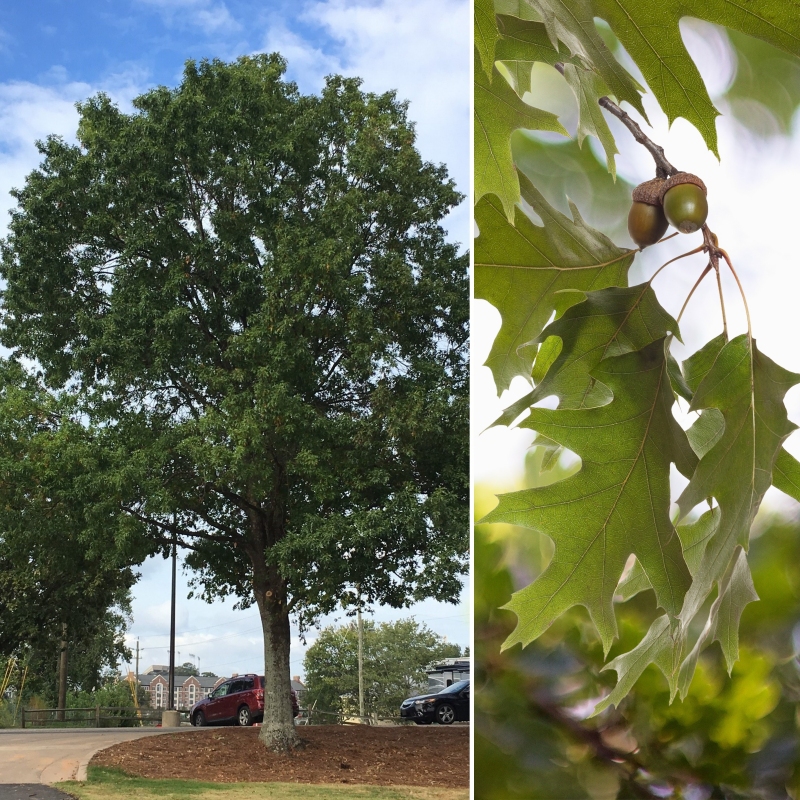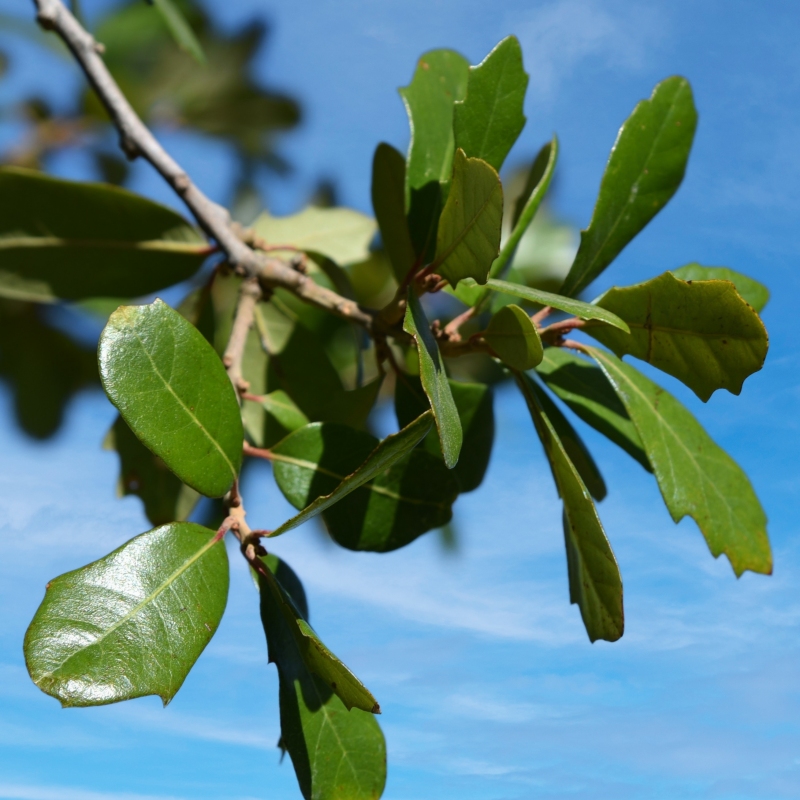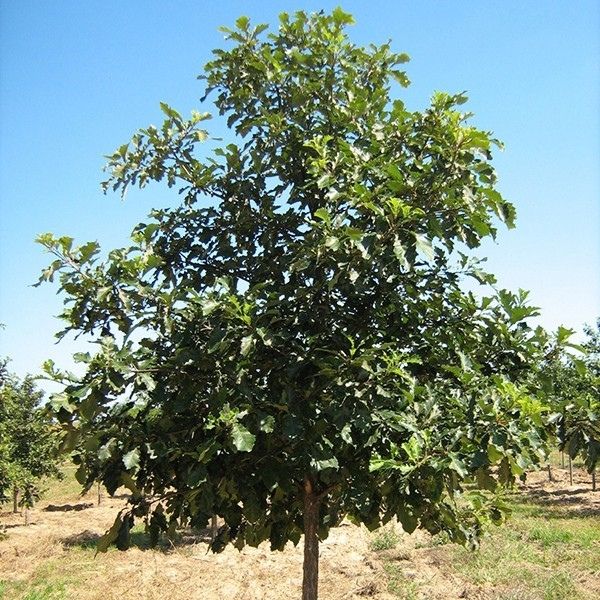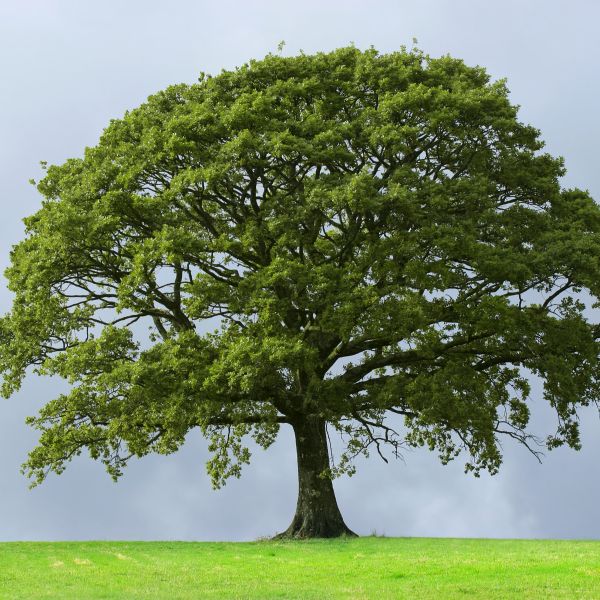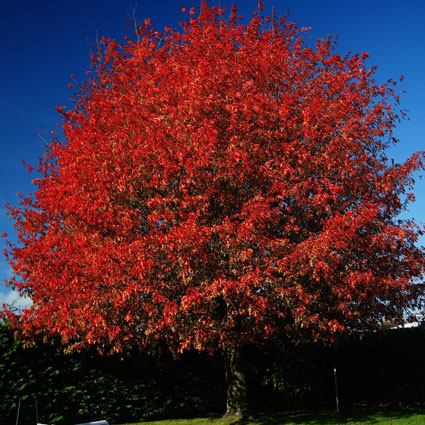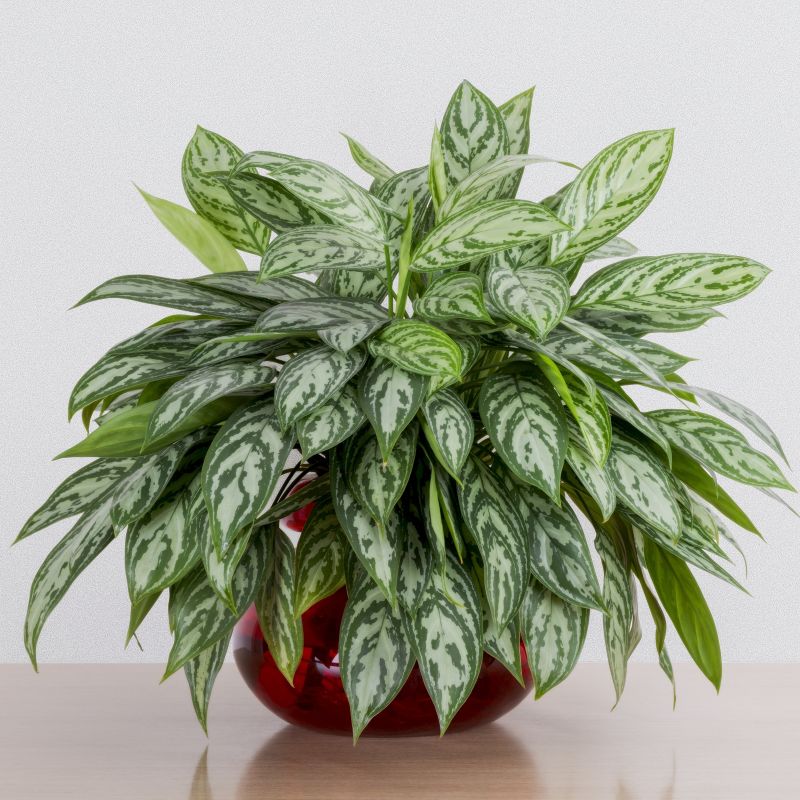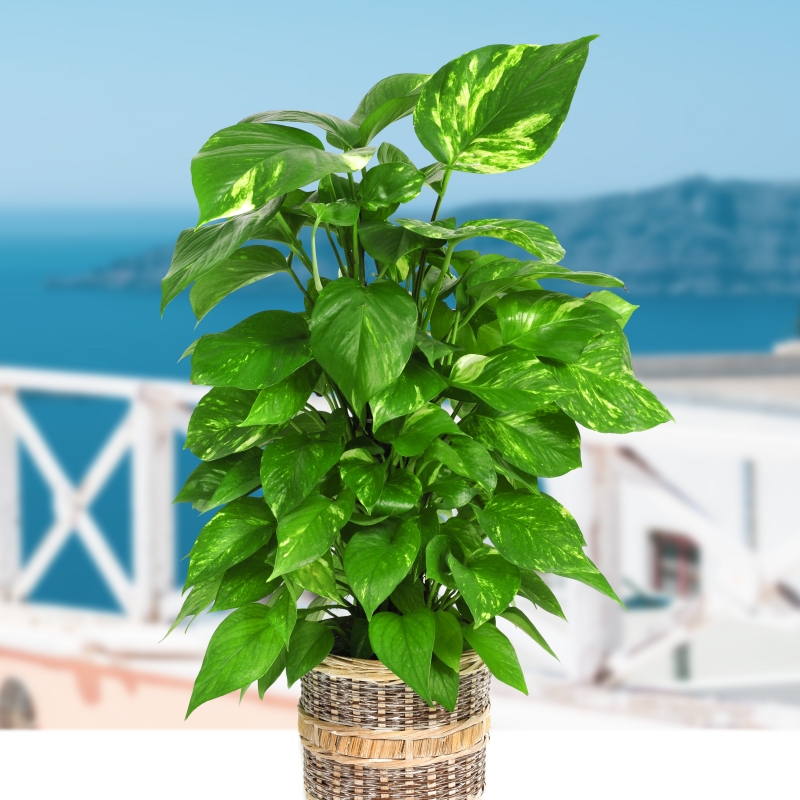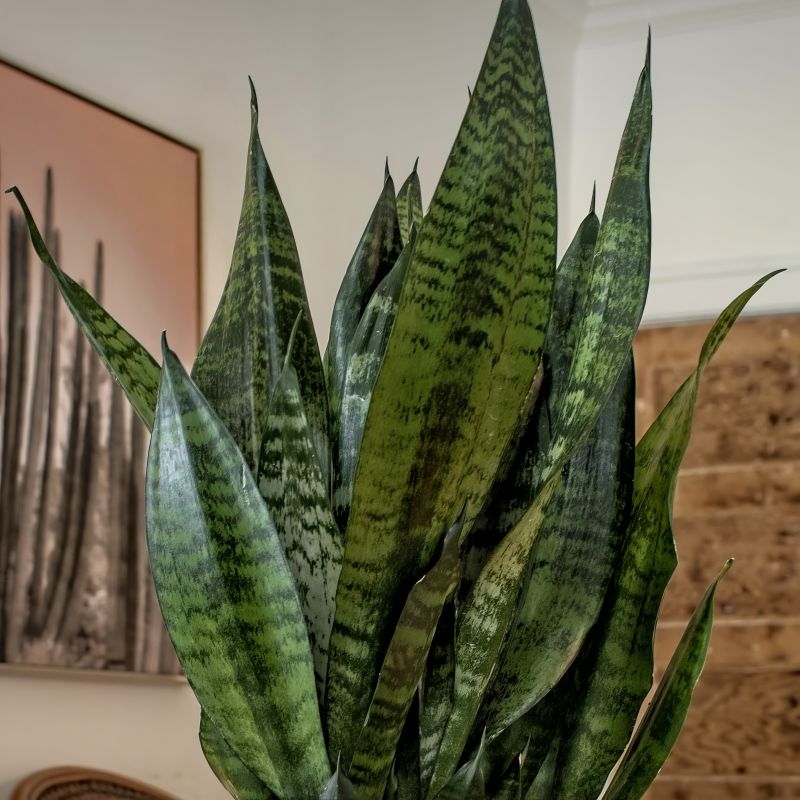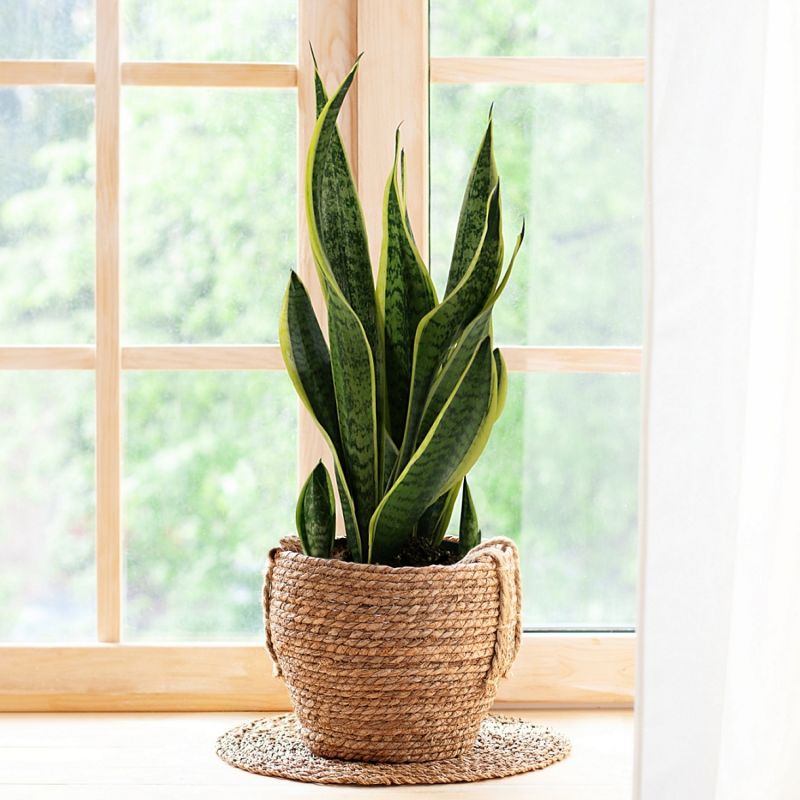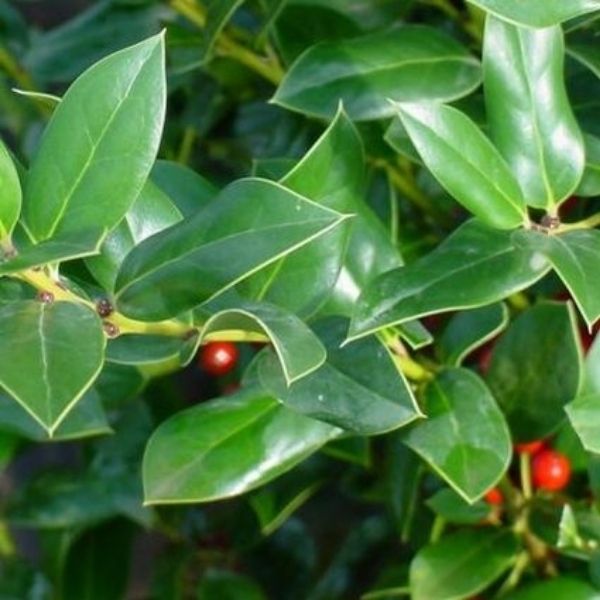

Red Maple Tree
11 reviews


Red Maple Tree
11 reviews
$128.00
3.5 Gallon
We are sorry, product is currently out of stock due to seasonal availability. Please check the "Related plants available in your area" section below
Why Red Maple Tree?
The Red Maple Tree (Acer rubrum) is a popular tree species due to its stunning fall foliage, which turns bright red and orange. It is a hardy tree that can grow up to 90 feet tall and is native to eastern North America. The Red Maple Tree is also valuable for its sap, which is used to make maple syrup. It is often planted in parks, residential areas, and along roadsides.
Related plants available in your area
Sunlight
Red Maple trees typically require full sun to partial shade. They thrive in direct sunlight for a significant portion of the day, but can also tolerate some shade.
Watering
Red Maple trees require regular watering, especially during the first few years after planting. They should be watered deeply to encourage strong root growth. It is important to keep the soil consistently moist but not waterlogged.
Fertilizing
The Red Maple tree requires a balanced fertilizer with a ratio of nitrogen (N), phosphorus (P), and potassium (K) of 3:1:2, respectively. It is best to apply the fertilizer in early spring or late fall, following the manufacturer's instructions.
A Red Maple Tree is a beautiful and hardy addition to any landscape. The red Maple Tree is a specific tree variety of the soapberry family, scientifically known as Acer rubrum.
It's so highly valued for its stunning red fall foliage, which adds a vibrant splash of color to any outdoor space, that it's one of the most widespread trees in Central and North America. It's specially cultivated as a shade tree, particularly for its orange-red fall color.
Typically, a red maple tree is a medium-to-large tree that grows between 90-120 feet tall. Red Maples are fast-growing trees.
The container-grown tree is typically 3-4 feet in height, with a healthy root system that is ready to be planted in its permanent location, or kept in the container if desired.
The tree requires full sun or partial sun exposure and prefers well-drained soil, but it is adaptable to any soil type, be it moist soils or dry soils, making it a versatile choice for different landscapes.
In nature, red Maple it can be found in a wide variety of site locations, marking how adaptable it is to most environments in Eastern North America. While it can't compete with the sugar maple tree, red maples are also actually used commercially for maple syrup. However,
Red Maples' sturdy trunks and graceful branches provide excellent shade during the summer months, while their dense foliage offers privacy and noise reduction. Alongside its autumn flame, it's understandable why it's very popular among maple trees.
Outside its October glory, red maples provide visual interest all year long as well! From the dark green leaves and pinkish, small, often red flowers that appear in early spring to the silver-gray bark color during the winter, your red maple will always be the centerpiece of your landscape.
The tree is also known for attracting a variety of wildlife, including birds and squirrels.
Our c
Pollination Info
Pollination Information for Red Maple Trees
Red Maple trees, also known as Acer rubrum, are dioecious, which means they have separate male and female flowers on separate trees. The male flowers are small and showy, with clusters of stamens that produce pollen. The female flowers are small and inconspicuous, with a pistil that is receptive to pollen.
The pollination of Red Maple trees is primarily carried out by wind. The male flowers produce large quantities of lightweight pollen that is easily carried by the wind. The female flowers are located on the same tree as the male flowers, or on another tree in close proximity. When pollen from the male flowers is carried by the wind to the female flowers, it fertilizes the ovules and produces seeds.
Red Maple trees typically bloom in late winter or early spring, depending on the climate and location. The timing of blooming is also influenced by temperature. In areas with warm winters, the trees may bloom earlier in the year. The blooming period for Red Maple trees lasts for several weeks, providing ample time for pollination to take place.
Red Maple trees are important for wildlife, providing nectar for bees and other pollinators, as well as seeds and buds for birds and other animals.
FAQ
Red Maple Tree FAQ
What is a Red Maple Tree?
The Red Maple Tree (Acer rubrum) is a deciduous tree native to eastern and central North America. It can grow up to 60 feet tall, and features distinct red to reddish-brown bark, with leaves that turn a brilliant red in the fall.
How do I plant a Red Maple Tree?
Red Maple Trees prefer well-drained soil and can tolerate full sun to partial shade. Plant the tree in a hole twice as wide and just as deep as its root ball. Add compost or other organic matter to the soil and water regularly. Mulch around the base of the tree to retain moisture.
When do Red Maple Trees bloom?
Red Maple Trees typically bloom in early spring, producing small, reddish flowers. These flowers are an important source of nectar for bees, butterflies, and other pollinators.
How fast do Red Maple Trees grow?
Red Maple Trees are considered moderate to fast-growing, with an average growth rate of 1-2 feet per year. With optimal growing conditions, however, they have been known to grow as much as 3 feet per year.
What are some common pests and diseases that affect Red Maple Trees?
Some pests that can affect Red Maple Trees include aphids, spider mites, and scale insects. Diseases that can affect them include verticillium wilt and anthracnose. Regular inspections and proper care can help prevent and treat these issues.
What are the benefits of planting a Red Maple Tree?
Red Maple Trees are beneficial for numerous reasons. They provide shade, oxygen, and habitat for wildlife. They also help to absorb carbon dioxide from the atmosphere and can improve air and water quality. Additionally, they can increase property value and enhance the aesthetics of a landscape.
Can I prune a Red Maple Tree?
Yes, Red Maple Trees can be pruned to remove dead or diseased branches, or to improve their shape or structure. It is recommended to prune them during their dormant season in late fall or winter.
Do Red Maple Trees produce sap?
Yes, Red Maple Trees can produce sap, which can be used to make maple syrup. However, their sap has a lower sugar content than that of sugar maple trees, and thus requires more boiling to produce syrup.
Planting & Care
Planting & Care for Red Maple Tree
Red Maple Trees are a popular and beautiful addition to any landscape. Here are some tips for planting and caring for your Red Maple Tree:
Planting:
- Choose a planting location that receives full to partial sun and has well-drained soil.
- The hole you dig to plant your tree should be twice as wide and just as deep as the root ball.
- Position the tree in the planting hole and backfill with the soil you removed, gently pressing down on the soil as you go.
- Water the tree well after planting and keep the soil moist for the first few weeks.
Care:
- Water your Red Maple Tree regularly, especially during periods of drought. The tree needs about 1 inch of water per week.
- Fertilize your tree in the early spring with a slow-release fertilizer that is specifically designed for trees.
- Prune your tree in the late winter or early spring to remove any dead or damaged branches and to shape the tree as desired.
- Watch out for pests and diseases that may affect your tree, such as aphids, scale insects, or fungal diseases.
Following these planting and care tips will help ensure that your Red Maple Tree thrives and grows into a beautiful and healthy addition to your landscape.
Check Out These Verified Customer Reviews:
Customer Reviews
4.7 out of 5 based on 11 reviews
Thank you! Your review has been submitted.
Impressed with the red maple tree. Minor damage on arrival but customer service promptly resolved the issue.
The Red Maple Tree I purchased exceeded my expectations. It arrived in perfect condition and looks beautiful in my garden. The website was easy to navigate and the shipment arrived quickly. Overall, a great experience!
Beautiful red maple tree arrived in perfect condition. Very satisfied with the quality and appearance.
Item has been added to your cart.



